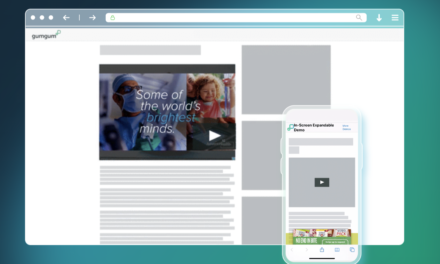shoppers ARE SPENDING, bUT overwhelmingly vote “no” to paid returns
According to The State of Consumer Spending: Holiday 2022, a new report by First Insight, retailers are offering steeper discounts than necessary in the lead-up to Black Friday.
As sale season seemingly overtakes the entire month of November, retailers stuck with excess inventory have begun slashing prices, even though 70% of consumers say they expect discounts of less than 30%. Seventy-five percent of consumers further indicate they are happy to pay full price for gifts that the recipient “really likes.”
Compared to 2020, consumers’ expectations around discounts are lower this year across categories. On average, 53% of shoppers will be enticed to purchase with a 0-30% discount compared to only 41% in 2020.
This finding indicates that retailers may be over-discounting this holiday season.
Second Guessing the 2022 Holiday Season
“Retailers are second-guessing themselves into the red this holiday season by reverting to the same, tired promotional formulas that would be unnecessary with the right data,” said Greg Petro, CEO, First Insight. “Acting on instinct instead of with predictive consumer data means retailers have only themselves to blame for the tsunami of promotions that are sweeping the country.
And to think that just last year, with supply chain shortages, retailers said deep Black Friday discounting was a thing of the past.”
For the perfect gift, the willingness to pay full price is found not only among the wealthiest or oldest consumers.
Across household income breakdowns, 82% of consumers in the $200,000+ bracket, 83% between $50,000 and $199,000, and 77% with under $50,000 all report they will pay full price for gifts the recipient desires. On a generational basis, 87% of Gen Z, 83% of Millennials, 75% of Baby Boomers, and 73% of Gen X say the same. Furthermore, 82% of men and 77% of women agree that they will pay full price to secure the right gift.
Paid Returns? No Thank You!
The report further reveals shoppers overwhelmingly vote “no” to paid returns. Seventy-five percent of shoppers say they would be deterred from shopping at retailers that charge for returns.
This sentiment is strong across income and generational demographic breakdowns, with 92% of the most affluent shoppers in the $200,000+ bracket rejecting retailers with paid returns, along with 79% of those earning $50,000 – $199,000 and 70% of shoppers with average household incomes below $50,000.
Generationally, Baby Boomers are the most adamantly opposed at 84%, followed by Gen X at 76%, Gen Z at 71% and Millennials at 69%.
With the National Retail Federation predicting that $158 billion worth of merchandise will be returned this holiday season, many retailers no longer offer free returns or are considering implementing fees for returns while also shortening their returns window. First Insight’s report indicates that 42% of all consumers expect a returns window of 30 days from the date of purchase, with the remaining 58% expecting at least 60 days.
Data Drives Better Holiday Decisions
“Retailers can no longer survive without actionable data,” Petro added. “Predictive customer data is available and easy to access and our customers – Retailers and Brands – have a competitive advantage by capturing the voice of the customer data can help them maximize their margins across the business, from a more desirable product assortment to more competitive pricing and fairer returns policies.”
Click here to access the full “The Discount Dilemma and Returns Risk Holiday Report.”





